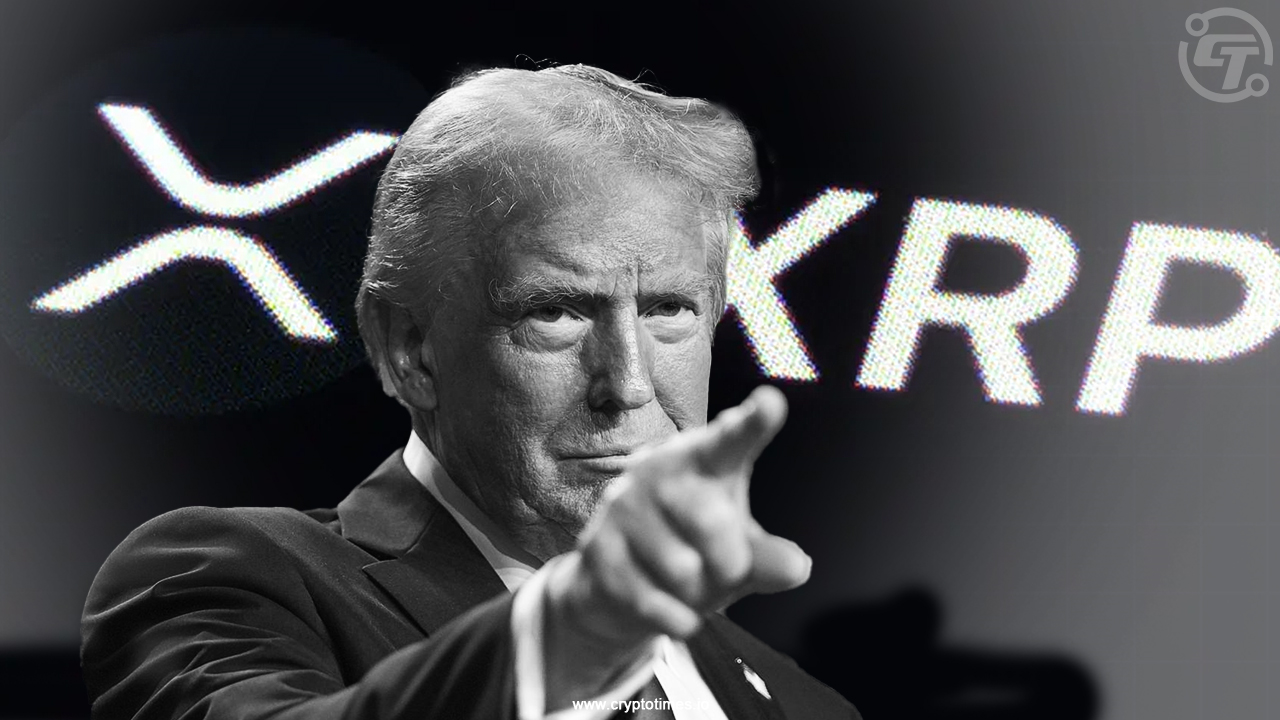- XRP recently made news when the United States’ former President Donald Trump suggested establishing a Strategic Crypto Reserve.
- Initially, most people thought that XRP would have a key role in this ambitious national crypto initiative.
- But closer inspection of the executive order and following government measures indicates a different story one that demystifies the misinformation and puts XRP into a more sophisticated perspective.
The Reality, XRP Was Not Part Of The Strategic Reserve
Initially, it appeared that XRP would be under the U.S. Strategic Crypto Reserve. However, ultimately, Bitcoin was the sole cryptocurrency listed as a “Reserve Asset.” ETH, ADA, and SOL were placed in a separate group titled “Stockpile Asset.”
How is it distinct? Under the directive, “Stockpile Assets” are not obtained by sound investment or national security policy. Instead, they are virtual assets the government can lawfully hold or sell after seizure, usually by enforcement actions or seizures. This means that even if the government holds token, it is not required to buy or actively hold it as part of a long term reserve policy.
Trump’s Strategic Crypto Reserve Announcement
In early March 2025, Donald Trump declared his plan to construct a U.S. Strategic Crypto Reserve. The initiative was presented as a step towards safeguarding American interests in the changing digital economy, naming cryptocurrencies such as Bitcoin (BTC), Ethereum (ETH), Solana (SOL), Cardano (ADA), and XRP as possible assets to be invested.
This news generated a buzz throughout the crypto community, especially among the holders of XRP. The notion that might form a part of a government backed crypto reserve was seen to confirm official endorsement of the asset’s utility and long term worth.
Industry Response And Concerns
The crypto community reacted differently. Some applauded Trump for even mentioning digital assets, while others denounced him for not being explicit or having a strategy. Pro bitcoin individuals were particularly concerned about the inclusion of speculative or less decentralized coins such as XRP and ADA alongside BTC in any country based reserve.
Others contended that the government must exclude assets under review by regulators or with questionable securities classification. XRP has struggled with this in recent years.
What This Means?
Although XRP is not in the Strategic Crypto Reserve, it is still finding its position in the public and private sectors. Its speed, low cost, and cross-border payment ability keep it in the mix of discussion for real-world use of crypto.
In fact, there are analysts who believe that being labeled as a “Stockpile Asset” gives XRP some level of government recognition that may bolster its position, especially as Ripple continues to expand in institutional finance and payment corridors.
What’s Ahead?
While XRP was not selected as a core asset for the U.S. Strategic Crypto Reserve, it is still in the government’s radar, albeit to a lesser extent. The early misperception was a reminder of the quickness with which information can be manipulated in the world of cryptocurrency. More importantly, it was a reminder of the sophistication of government involvement in digital assets.
While policymakers grapple with the intricacy of harnessing and accessing the potential of cryptocurrencies, XRP will continue to lead the conversation no thanks to Trump’s imagination, but owing to its continued practical use in the real world.
Also Read : Bitcoin Climbs to $103,000 Following Federal Reserve’s Decision to Keep Interest Rates Unchanged



